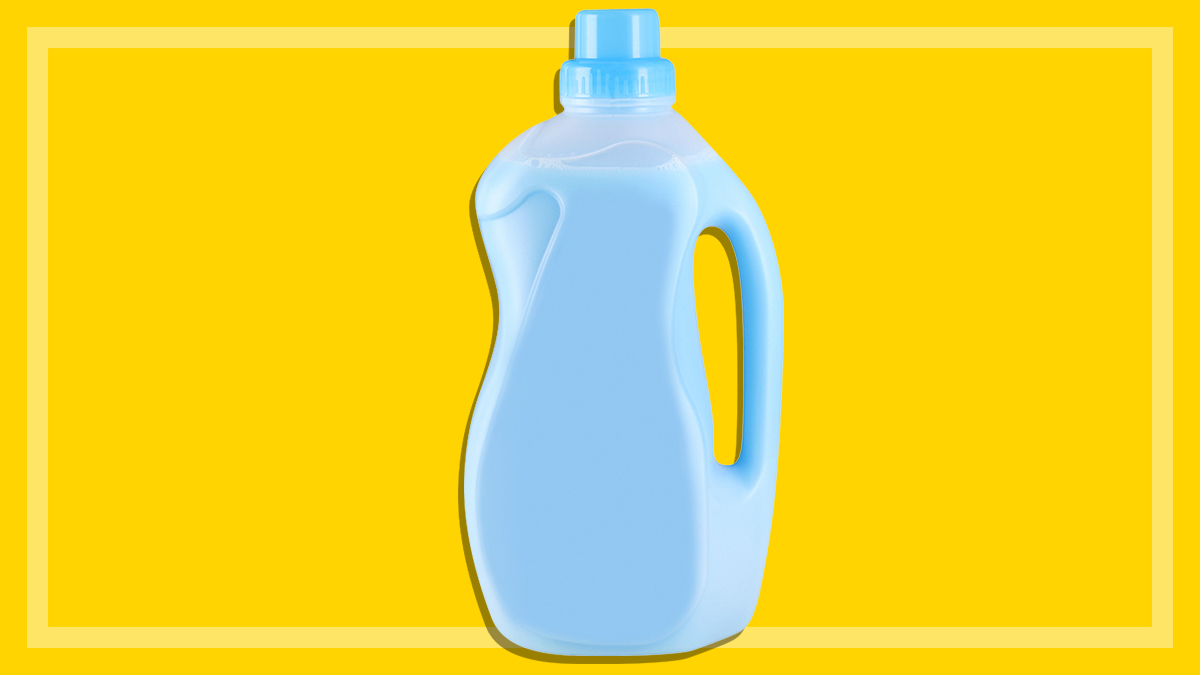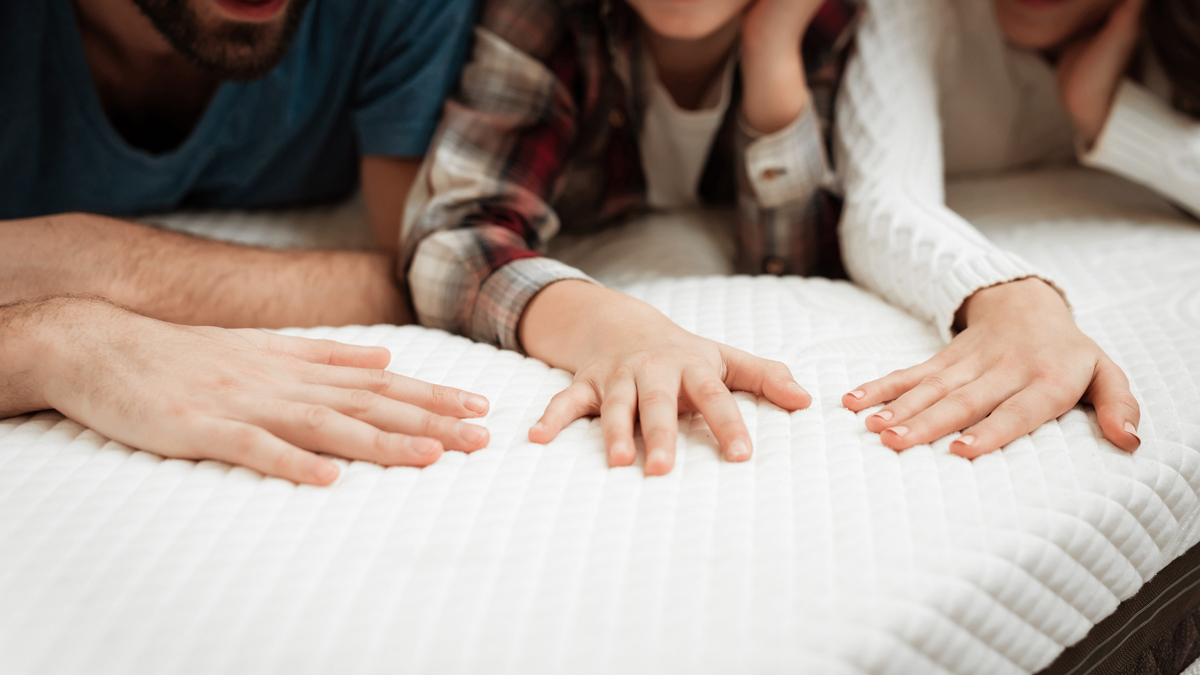Get our independent lab tests, expert reviews and honest advice.
How we test fabric softeners

If you’re after softer and fluffier towels and clothes, one way to get it is by using a fabric softener. However, you should consider if you really need to use them as fabric softeners are only an additive – they don’t make your clothes any cleaner and using them adds a layer of chemicals to your fabrics after washing them.
On this page:
Fabric softeners may also reduce the water absorbency of your towels and nappies and more worryingly, the flame retardant properties of children’s sleepwear and other fabrics.
Our expert testers
We sent fabric softeners commonly available from major supermarkets to a laboratory for testing. We also took a look at their packaging claims and worked out how much they cost per 100mL as well as how much they cost per wash.
How we choose what we test
With this type of consumer good, our aim is to try to cover as much of the fabric softener market, especially what you’re most likely to see in stores.
We start off by surveying manufacturers to find out about their range of products. From this information we put together a final list that goes to our buyers. They then head out to the retailers and buy each product, just as you would. We do this so we can be sure what we’re testing is the same as any consumer would find, and not ‘tweaked’ in any way.
How we test
We’ve tested fabric softeners to tell you which makes fabric softest while maintaining absorbency.
Softness
Based on International Standard ASTM D5070 – 90, cloth nappies (100% cotton) are conditioned with 5 cycles of a regular wash with just laundry powder. Then we run the top loader machine on a rinse and spin cycle with the fabric softener product, nappies and ballast (sheets and pillow cases). The nappies are then dried. The softness is evaluated with a panel of 10 people. We use the paired method where the panelist is given two swatches and asked which is softer. Each product in the set is paired with every other product in the set in this process. A product scores one point each time it is deemed softer than the paired product. The products are then ranked by their total score.
Absorbency
Water absorbency is also measured because fabric softeners tend to reduce the water absorbency of towels as a side effect of the softness. We use a dyed solution in a beaker and a swatch of the treated nappy. By placing it in the dyed solution you can see the solution travel up the swatch and the further it travels the better the water absorbency.
Test criteria explained
The overall score is made up of:
- Softness 60%
- Water absorption 40%






